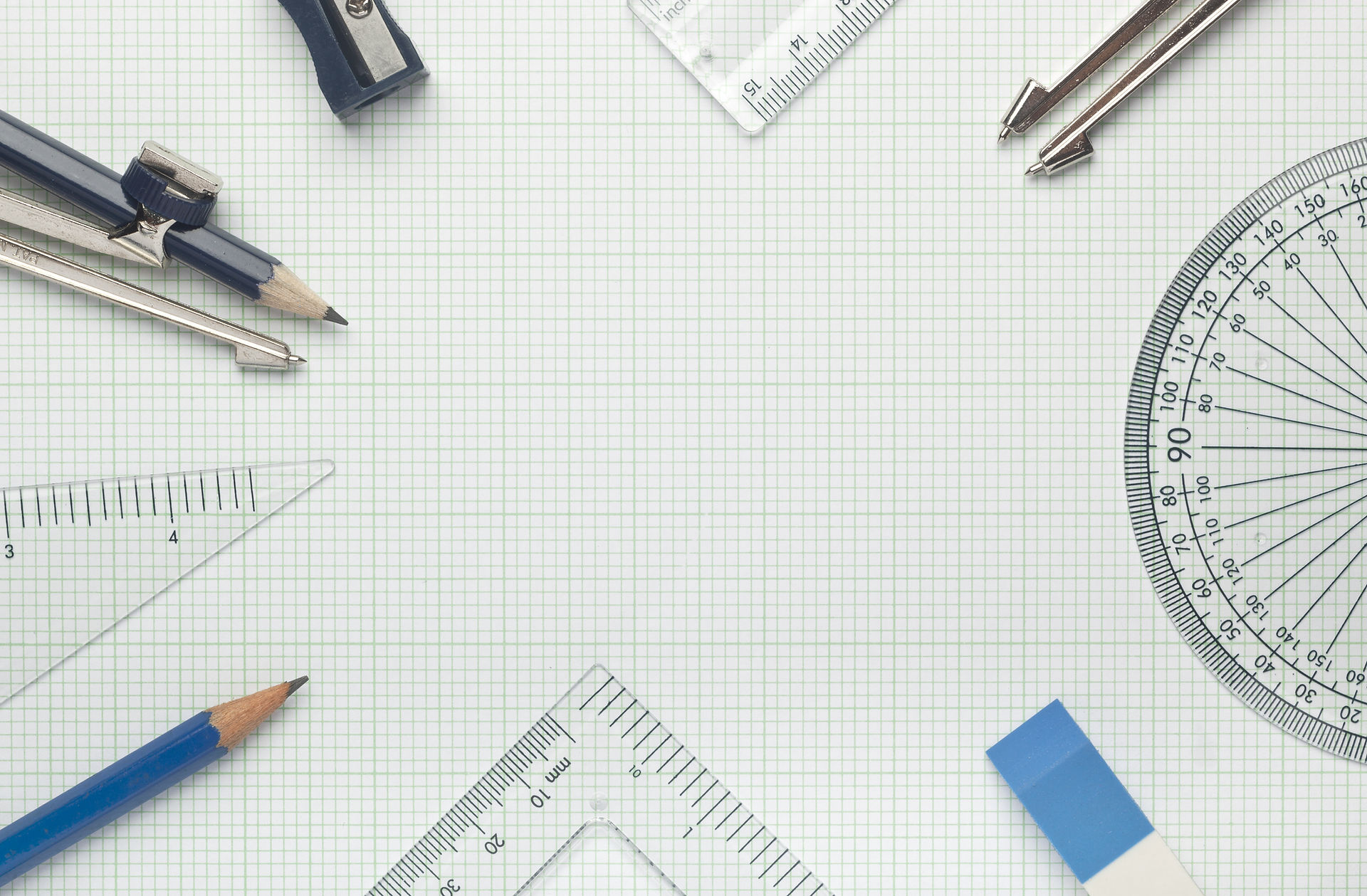

INNOVATION
(DIGITAL TRANSFORMATION)
Proven Research, Development, Test, and Evaluation (RDT&E) Acquisition (ACQ) Program Level Life Cycle Logistics (LCL)
MV-22B (Osprey) Multiservice Operational Test Team (MOTT) Low-Rate-Initial-Production (LRIP) Operational Evaluation (OPEVAL) Operational Test Director (OTD); KC-130J (Hercules) Commercial-Off-The-Shelf (COTS) Integrated Test Team (ITT) Stand-up / Program Liaison; H-1 (Remanufacture / Rebuild), H-1 Upgrades (4BW /4BN), H-1 Upgrades AH-1Z (Viper) / UH-1Y (Venom) Test Plans Logistics; H-1 Fleet Introduction Team (FIT); F-35B Vertical Short Take-Off / Landing (VSTOL) Initial Operational Capability (IOC) Depot Level Modifications, CH-53K King Stallion Expeditionary Sparing Models Algorithms, Marine Aviation Logistics Support Program’s (MALSP) Marine Aviation Logistics Enterprise Information Technology (MALEIT).
We Integrate New Innovative Technologies, Processes, and People efficiently via Continuous Process Improvement (Best Practices, DMAIC, DMADV, LSS, TOC, CCPM, and Jonah) to support stakeholders, clients, and end-user customer’s capabilities with sustained responsive effectiveness. Innovation and implementation opportunities are prevalent and developed from Acquisition Professional Community Members’, 8058, Military Occupational Skills acquired from assignments as: Program / Project Manager, Fleet Introduction Team Officer-in-Charge, Operational Test Director, Deputy Assistant Program Manager for Logistics, Test Team Liaison, Practitioner, Technician and Subject Matter Expert.
Additive Manufacturing (AM)
Standards for AM are being developed and will encompass much more than only parts’ geometry. AM establishes an environment of modeling, simulation, and all manufacturing data into the AM process enabling the enterprise to build an accurate understanding of the technology and potential for widespread application of innovative solutions to complex problems.
Product Life-Cycle Management (PLM)
PLM may be defined as a capability for managing life cycles of products and systems from concept through design and manufacturing, to service and disposal of manufactured products and systems. PLM is an innovative overall business integration methodology which may provide end-to-end solutions to fill the gaps between design processes and product support for increased end-user customer readiness and increased availability.
Digital Thread
Digital thread is the digital integration of the product life cycle processes. It applies an all-digital approach to managing the comprehensive design, engineering, production, and sustainment processes of a product or system. In connecting these processes, utilizing standardized sets of digital tools and product data, digital threads accelerate development cycles and concurrently lowers costs for product support, sustainment and/or integration of new or future capabilities.
Computer Aided Design (CAD) Model
Optimal Technical Data Packages (TDP) are centered on a 3-Dimensional (3D) CAD solid model. The model should have Product Life-Cycle Management (PLM) and Smart Manufacturing (SM) best practices built in from the start; and if the model does not feed into a PLM system today, it will most likely in the future. A comprehensive CAD solid model serves as the foundation for direct digital manufacturing like: computer-aided manufacturing (CAM) and additive manufacturing (AM), or traditional fabrication methods using
2-Dimensional (2D) drawings.
Digital Transformation
-
Internet of Things (IOT)
-
Industrial Internet of Things (IIOT)
-
Industry 4.0
Configuration Management (CM)
Synergy will assist in Configuration Management by providing logistics technical expertise for real-time improved system performance, reliability, and maintainability.
Product Data Management (PDM)
PDM was conceived as a means to make product development more efficient, so its focus was limited to optimizing Computer Aided Design (CAD) systems and drawing them into larger suite tools to accelerate overall development cycles. PDM is the predecessor of Product Life-Cycle Management (PLM). The new innovative software tools that are integral components of current PLM systems were initially developed to support PDM functionality. PDM successfully improved the product or system development phases but resulted in the continual introduction of products and systems not being logistically supportable and/or not sustainable after being “dumped” to downstream process and procedure, client stakeholder enablers, and operational end-user customers. Innovative PLM systems now enable integrated comprehensive cradle-to-grave life-cycle end-to-end support and sustainment with increased downstream productivity, increased efficiency, increased effectiveness, and increased readiness.